Any time you read a recipe, you’re likely to encounter specific terms instructing you on how to cut a particular ingredient. Vegetables may often be “diced” or “chopped”, whereas herbs and garlic may need to be “minced.” What’s the difference between these terms, and will it really matter to a recipe if you mince something that is supposed to be chopped?
Basically, these refer to the size of the food when you’re finished chopping. Chop usually refers to the largest cut, dice is a medium size and mince refers to the smallest size. Mincing and dicing also typically means that the food should be a uniform size when chopped, whereas chopped food can be less precise.
So why does this matter? The size of ingredients in a recipe has been taken into account when cooking times are calculated, so if you add an onion that has been very finely diced or minced when it called for it to be roughly chopped, you will find that it will cooks much faster, affecting the overall taste and texture of the dish.
On the other hand, if you do want to change the way ingredients are chopped and feel confident in altering the cooking instructions, then it can be a great way to experiment in the kitchen and create a dish that is your own.
Whenever you are chopping food, just be sure to use a sharp knife that you are comfortable holding. Always tuck your fingertips under your knuckles to prevent any nicks, and aim for a slow and steady slice for uniform cutting.
(Clockwise from the top)
Dice
A dice is typically a small chop. The most common size for a dice is ½cm per side, but the main thing to remember is to just keep them in small, even, uniform pieces.
Rough chop
Chop can really mean anything, but it usually refers to fairly rough cutting. A rough chop has no specific guidelines, but a good guideline is to aim for about the same size as a five-cent coin.
Mince
Mince means a very fine chop – about as small as you can get it. Pungent foods like garlic and chilli are typically minced so that the flavour isn’t overwhelming.
Julienne
This is sometimes referred to as the matchstick cut. This is where the food is cut into long, even-sized strips or cubes. You may see this used for recipes like a coleslaw where the carrots are julienned or spring rolls where the vegetables need to be thinly cut and elongated.
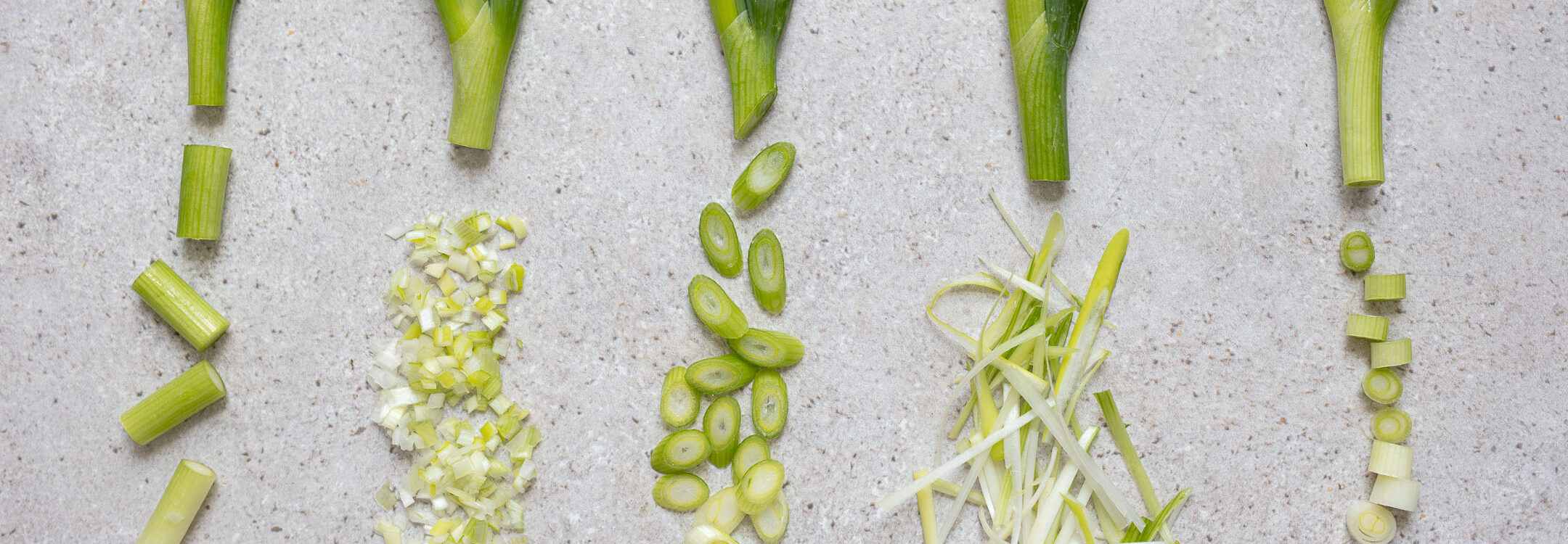
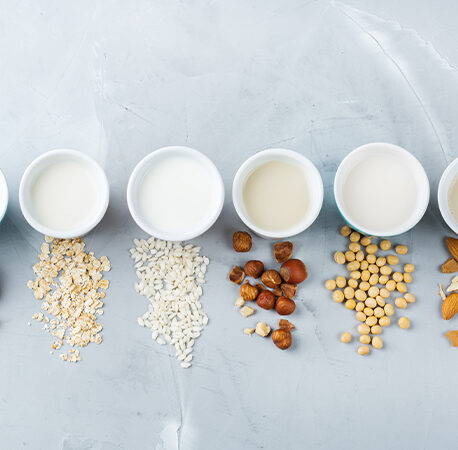
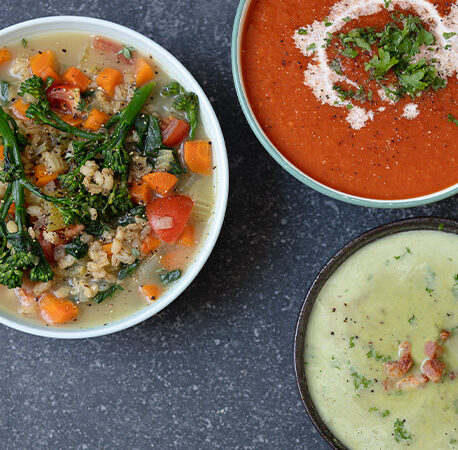
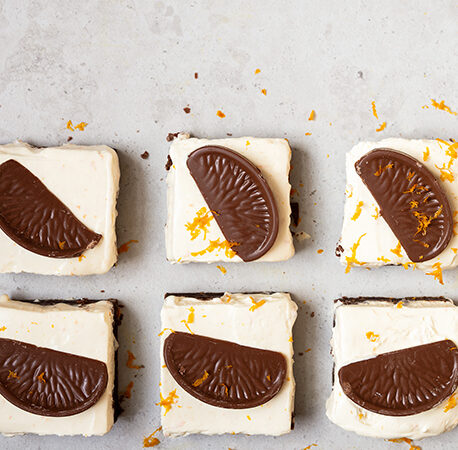
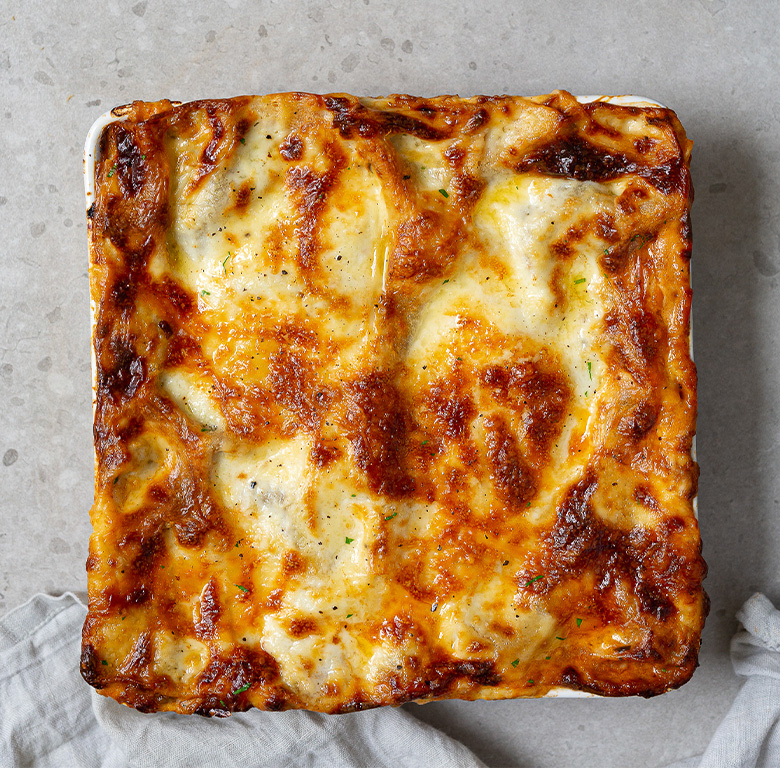
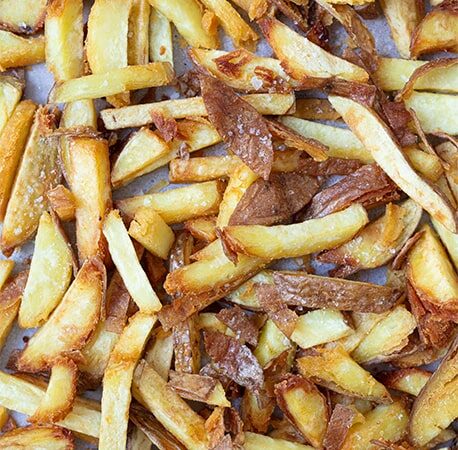
You have to be signed in to comment this post.